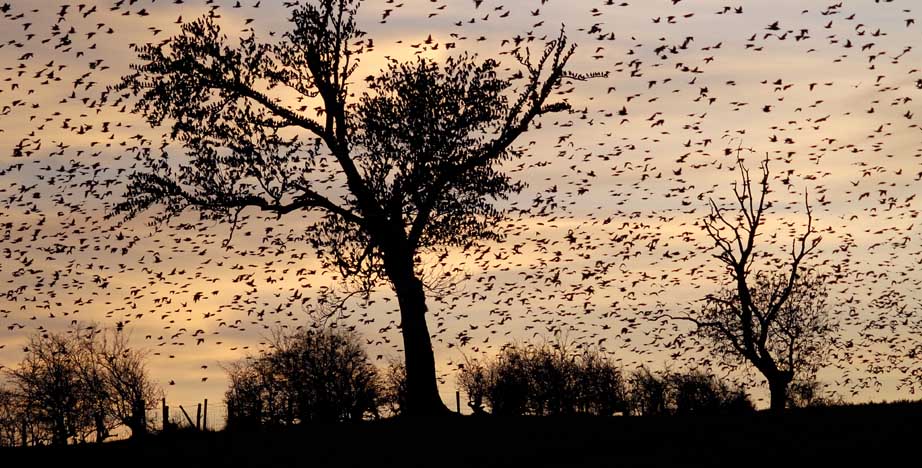
Masterclass
Arnside
In my early years of photography a major eye-opener (literally!) was the discovery of long exposures. In those days I used gorgeously rich low speed Fuji Velvia 50 film and generally wanted lots of depth of field, so most of my exposures, even in normal light, were at least 1/15th sec long. Hand-holding a heavyweight medium format camera without camera shake was out of the question. My tripod was essential. In particular I found that low light photography was fun, using exposures of several seconds or even minutes. I could almost feel that low light creeping through the open shutter to imprint itself on the film behind as I counted off the seconds. And then the fascination of results when the processed film revealed more than I had been able to see with the eye.
Well, those days are past. I’ll not be going back to my film cameras, though I still have an affection for them that I could never feel for my digital cameras. The world has moved on - and in most ways forwards. For one thing, I’m now a holder of a bus pass so lugging around heavy cameras and the inevitable tripod around is something I’m happy to consign to history.
However, I’m not about to dispense with my tripod altogether, even though my exposures are likely to be four times faster these days. 200 ISO is the optimum speed setting on my Nikon D300, a speed I would have found unacceptable in the past. In any case I think using a tripod is a good way of slowing down the business of taking photos, to make the process more contemplative, to allow time to observe the subject, even to stand and stare unencumbered by holding a camera.
On this occasion I chose to go to Arnside and spent a happy but essentially unproductive afternoon on Arnside Knott taking nice enough photos of the views, the wind-bent trees and the limestone walls but somehow failing to get what I wanted. After sunset I left the Knott and pottered south along the shore. It was growing darker, but I continued, hoping that the weak sunset might yet ‘develop’. Which it will, given the nature of things, provided there is a bit of cloud around but not too much to block out the setting sun. My final shots were late, such that the lights of Grange-over-Sands were twinkling across the bay. However, with my digital camera’s ISO setting at 250 the shutter speed was still 1/30th second. This was just about acceptable for hand-held shots but I was very happy to have my tripod to use. The hooting of owls and honking of skeins of geese still visible overhead accompanied my plod back to the car in near darkness.
The obliging fisherman was happy to be used as my convenient silhouette! The subject is a bit ofa cliché but I think the composition and colours work fine. Getting the exposure right was slightly tricky – I wanted to keep a little bit of detail to the foreground without losing the colour in the sky. In the event, I
slightly underexposed the photo using centre-weight metering and lightened the foreground in Photoshop.
I enjoyed this curious arch created by an old tree near the summit of Arnside Knott. I got as low as I could to the ground (technically known as a belly shot) so that the arch was largely silhouetted against the sky, and then used the arch to frame a man walking beyond, echoing the tree shape.
Other Masterclass Articles
- All Masterclasses
- Ullswater Colour
- Ashgill, near Garrigill
- Stag versus ram
- Flower borders
- Midsummer in Mallerstang
- Humphrey Head
- Wordsworth’s daffodils, Glencoyne, Ullswater
- Roosting Starlings
- Rain and Snow
- Kirkandrews on Esk
- Bonfire Night
- Autumn Colour
- Arnside
- Moordivock - Stormy Weather
- Steam Train on the Settle to Carlisle line
- Loughrigg Tarn

